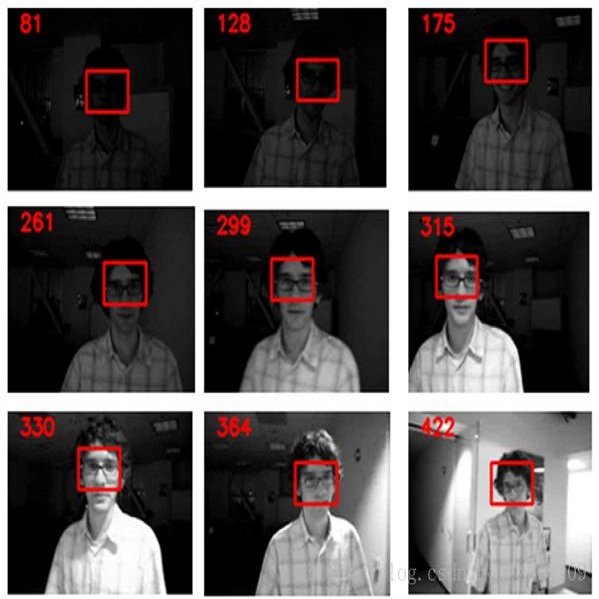Planar object tracking plays an important role in AI applications, such as robotics, visual servoing, and visual SLAM. Although the previous planar trackers work well in most scenarios, it is still a challenging task due to the rapid motion and large transformation between two consecutive frames. The essential reason behind this problem is that the condition number of such a non-linear system changes unstably when the searching range of the homography parameter space becomes larger. To this end, we propose a novel Homography Decomposition Networks~(HDN) approach that drastically reduces and stabilizes the condition number by decomposing the homography transformation into two groups. Specifically, a similarity transformation estimator is designed to predict the first group robustly by a deep convolution equivariant network. By taking advantage of the scale and rotation estimation with high confidence, a residual transformation is estimated by a simple regression model. Furthermore, the proposed end-to-end network is trained in a semi-supervised fashion. Extensive experiments show that our proposed approach outperforms the state-of-the-art planar tracking methods at a large margin on the challenging POT, UCSB and POIC datasets.
翻译:人工智能应用中,如机器人、视觉透镜和视觉 SLAM 等,对平线天体进行跟踪是一个重要的应用。虽然以往的平线跟踪器在多数情况下运作良好,但由于两个连续框架之间的快速运动和大规模转换,这仍然是一个具有挑战性的任务。这个问题的基本原因是,当同系参数空间的搜索范围扩大时,非线性系统的条件数变化难以预测。为此,我们提议采用新型的HDN 智能分解网络~ (HDN) 方法,通过将同质体转换分解成两个组来大幅减少和稳定状况。具体地说,类似性转换估计器的设计目的是通过一个深演变异网络强有力地预测第一个组。通过利用比例和高置信度的旋转估计,一个简单的回归模型估计了剩余变换。此外,拟议的端对端网络的培训以半超前的方式进行。广泛的实验显示,我们所提议的方法在挑战性POT、SB和PSB的大规模空间上,在挑战性POT、SB和PSB的边缘上,超越了状态的系统跟踪方法。





